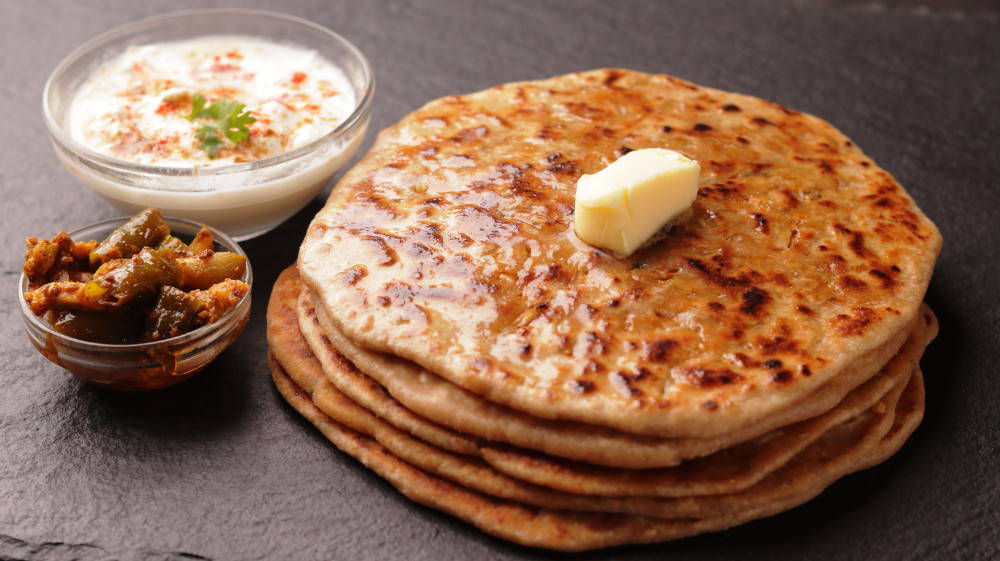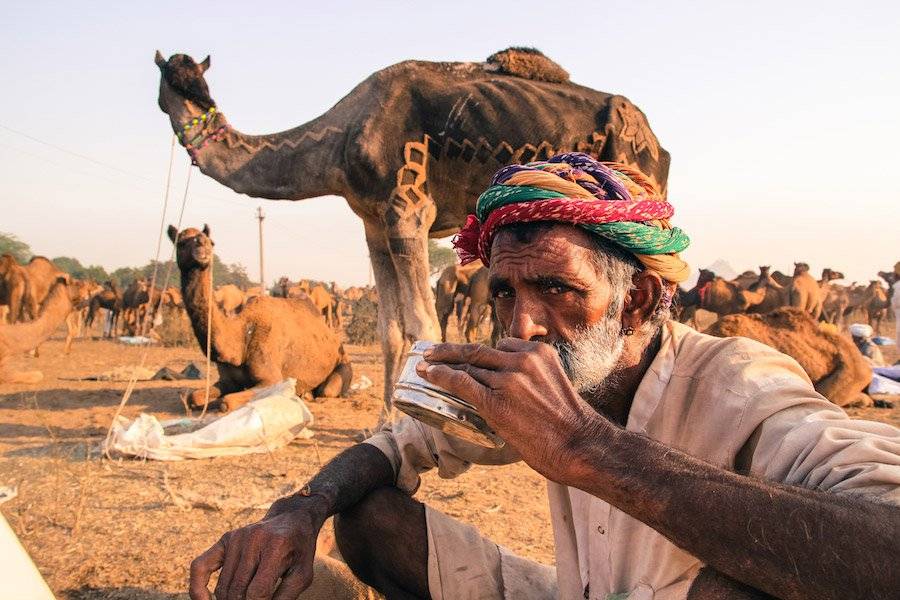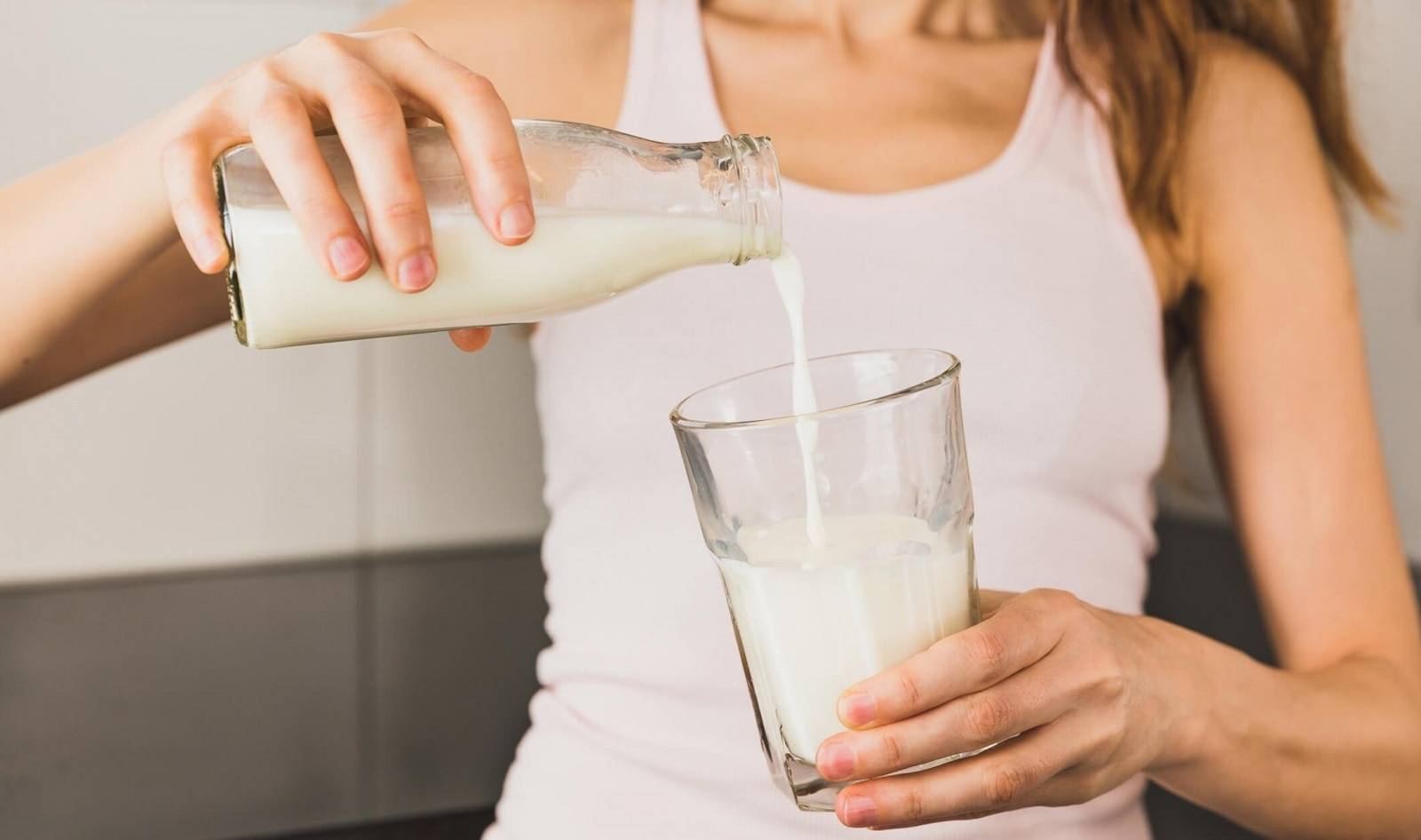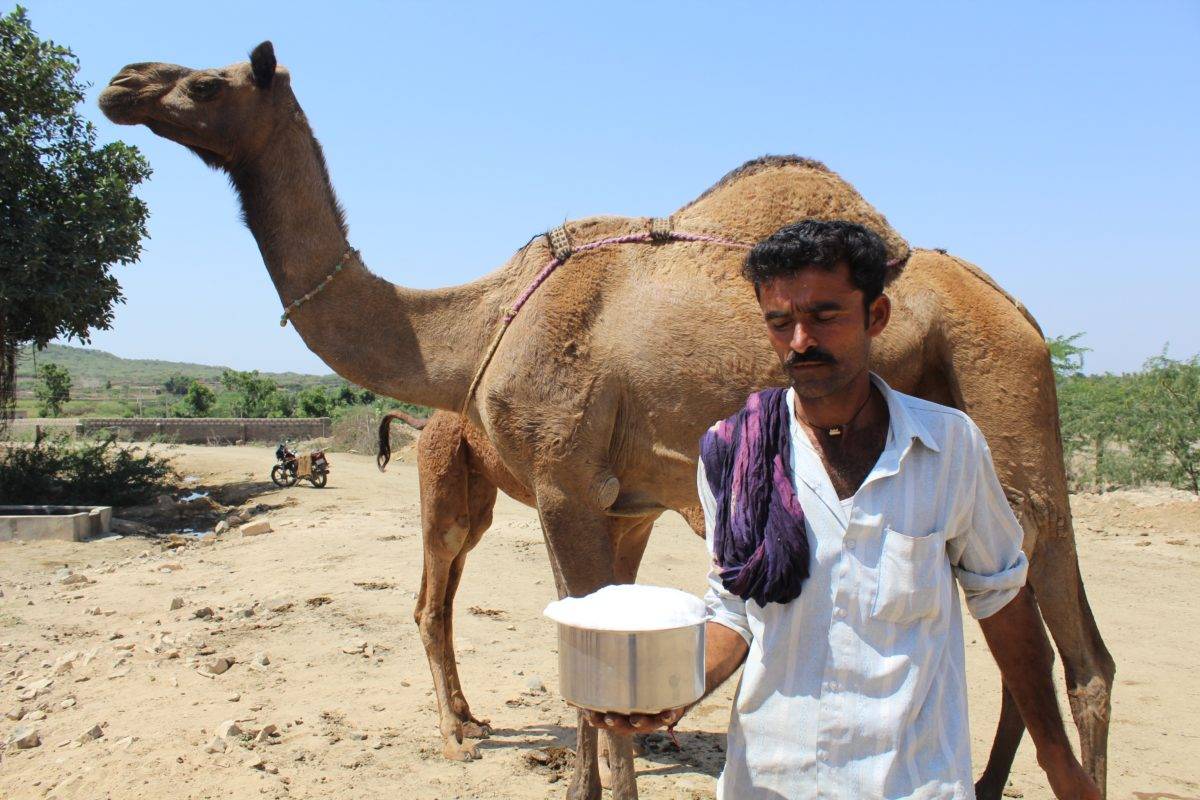Which one is better- Camel milk or Cow milk- The tale of two milks
Recently, out-of-the-box choices are trending, from music to career options, fashion, and food, with everyone vibing along. Breakfast tables have pancakes and cereals replacing the comforting poha and parathas. People are more health-conscious and make informed choices when it comes to food and lifestyle options.

Milk is a symbol of nourishment, connection, and healing. So, no matter what the trend is, a glass of milk always stands tall on the option list. Again, regular milk has faced swaps too. Options in milk are not less- lactose, lactose-free, vegan, and whatnot. The tug of war between what to choose over what is a never-ending debate. For those who are intolerant to the allergens in regular milk, any gentler option that has the same benefits is a boon.
More so, if the option is natural and unprocessed, it is a cherry on top. Hence, natural exotic choices are explored, and the war continues, which is better?
Evolution of milk
Choice 1: Cow milk
Choice 2: Camel milk
Both are traditional milk, one of which became vanilla, while the other could not gain the hype. Camel milk is called the ‘white gold’ and has numerous benefits, but lacks appreciation. However, as the generation is researching and turning over to more traditional foods, Camel milk is gradually gaining the limelight.
But, the question is still the same? What to choose? Which is better: Camel milk or cow milk?
The Nutritional Showdown: Camel milk vs Cow milk
Milk is a highly nutritious food option that is fed as the first food to infants and is consumed across all ages. It is rich in many essential nutrients.
| Nutrition | Camel Milk | Cow milk |
|---|---|---|
| Fats (g) | 2.3 | 3.5 |
| Proteins (g) | 3.2 | 3.2 |
| Carbohydrates (g) | 4.3 | 4.6 |
| Vitamin C (mg) | 2.1 | 3 |
| Zinc (mg) | 0.22 | 0.4 |
| Iron (mcg) | 39 | 0.05 |
| Calcium (mg) | 115 | 115 |
| Energy (kcal) | 51 | 62.7 |
** This is for 100 mL of milk
Camel milk also contains a lower amount of lactose compared to cow milk, according to studies, which makes it a convenient option for those with sensitivities. Consumption of camel milk may be beneficial in such cases.
The Nutritional Showdown: Camel milk vs Cow milk

- It is demonstrated in reports that in the Quran, Prophet Muhammad has referred to it as ‘hadith’. It was considered to be a remedial measure for many ailments.
- According to Ayurveda, camel milk was a prescribed supplement with medicines. It is also mentioned that milk products were often added to medicinal formulations.
- Its medicinal properties are also recommended in Chinese Traditional Medicine. Its role in the nourishment, detoxification, and treatment of various ailments is well documented.
- It provided both nutrition and hydration
- It was also exchanged as gifts among families
Camel milk benefits: Reasons for global popularity

What is missing in cow milk?

Which milk to pour: Camel milk vs Cow milk
| Camel milk Wins | Cow milk wins |
| Rich in essential nutrients like calcium, potassium, phosphorus, Vitamin C, and Selenium. | Presence of essential nutrients that support overall growth and development. |
| The role of camel milk in the management of diabetes is suggested in many Studies. | The increased chances of diabetes due to cow milk consumption during infancy are highlighted in certain studies. |
| Camel milk is not adulterated when bought from credible sources. However, if adulterated, cow milk is the adulterant. | Cow milk adulteration is a widespread issue, often involving the addition of water or chemicals in certain cases. |
| Although camel milk was earlier expensive, nowadays it is available at affordable prices. | Cow milk is comparatively affordable. |
| Camel milk is easily available in both raw and powdered forms, both online and offline. | Cow milk is widely and easily available, contributing to its ease of accessibility. |
Common Myths about Camel milk and Cow milk

How are camel milk and cow milk used in Daily Life?

Final Takeaway
Frequently Asked Questions
Is camel milk safe?
How much camel milk should I take?
What is the taste difference between camel milk and cow milk?
Camel milk is a bit saltier in taste than cow milk.
Is camel milk vegan?
No, camel milk is an animal product.
Can I cook with camel milk?
Yes, camel milk can be cooked to prepare porridge or any other milk-based dessert.
Is camel milk safe for children?
Yes, camel milk is safe for children above 12 months of age. However, a pediatrician must be consulted before introducing anything to a child's diet.
Which is better, camel milk or cow milk?
Camel milk has less lactose content than cow milk. It contains insulin-like proteins, according to scientific studies, that can contribute to blood sugar management. Cow milk is more affordable and suitable for general use.
Which has more calcium, cow milk or camel milk?
Cow milk (120 mg/mL) has slightly more calcium than camel milk (114-116 mg/mL).
Is camel milk A1 or A2?
Camel milk is A2.

